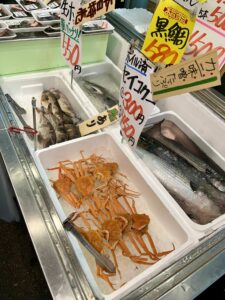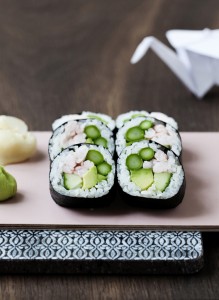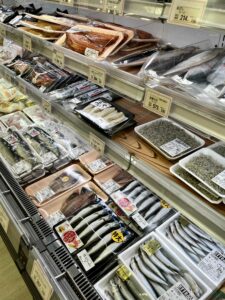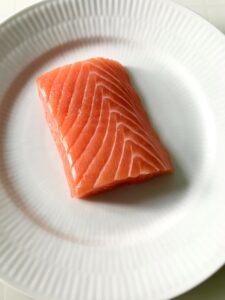
Seafood can be so fresh that it is still at body temperature when eaten.
Japan is a country surrounded by sea. Fresh fish and rice have been the most important raw materials in Japanese cuisine for centuries.
Japanese food culture is still based on raw materials being as fresh as possible. There are several reasons for this.
The Japanese population has grown up with shellfish being no more than a day old before it is cooked into tasty dishes. This applies to both fish bought from a fishmonger or in a supermarket.
Japanese cuisine has several iconic dishes where fish and shellfish are eaten raw, such as sushi.
The Japanese have the opportunity to buy raw materials that are either caught or harvested the same day.
The Japanese are very focused on eating healthy and fresh ingredients of the highest quality. It gives joy in life, but also healthy health. It is no coincidence that the Japanese are the population in the world that live the longest.
On the Sushi Course for Beginners, you learn to make tasty sushi step by step with a focus on how to get the most value without compromising on quality.
_
Zoë has lectured and held sushi courses for A. P. Moller – Maersk, Hugo Boss Nordic, Novo Nordisk, Novartis, Velux, Gorrissen Federspiel, Beierholm revision, Elbek & Vejrup and many more.







